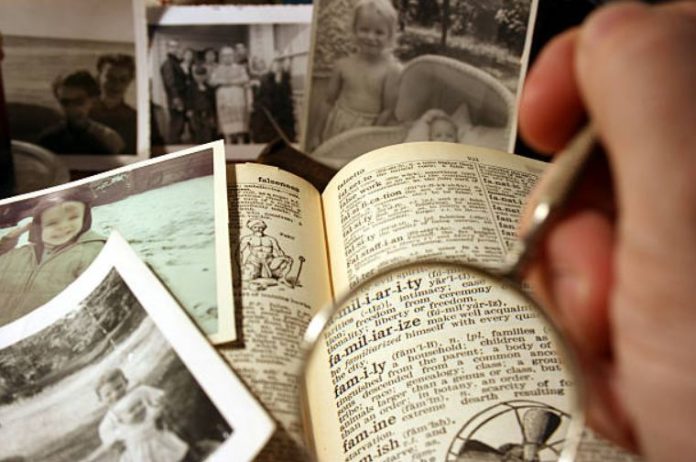Genealogy has become a widespread hobby in recent years. People want to know who their ancestors are, perhaps because they want to know who they are.
And knowing who your ancestors are, and knowing something about their lives, will help us understand who we are.
But how do you find your ancestors?
Let’s get started.
First, write down all information you can about yourself (birth date, birthplace, your parents’ names, birth dates, and birthplaces, marriage date, and place, your brothers and sisters, etc.) You might have to review birth, marriage, and death records to find out this information.
Perhaps you have a family Bible or other records that have been passed down in the family that you can use to gather this information.
How much do you know about your grandparents? Are they still alive?
You should make a point of interviewing them to find out all you can about their lives. You could record the answers to questions you put to them about their lives.
You want to gather more than just dates and places. You want to know about their lives, habits, accomplishments, relationships, and other interesting information about their lives.
That way your children and grandchildren will have some interesting information on their ancestors in addition to names, dates, and places.
Also, interviewing your grandparents could reveal information about their parents and grandparents.
Once you’ve exhausted reviewing the information from your living ancestors, you need to organize what you have.
You can do it in two ways:
1. Find paper forms such as pedigree charts and family group records (you can do a search on Google for “genealogy forms” to find forms that you can print out) and enter the information you’ve found on these forms.
Or:
2. You can download a genealogy program so that you can keep your records on your computer.
Free genealogy programs (search Google for these programs):
1. Personal Ancestral File (PAF)
2. Legacy Family Tree (You can upgrade for a fee)
You can also purchase genealogy programs that have additional capabilities. Family Tree Maker is such a program.
Once you have your initial information collected and organized, you can then use that information as a springboard to further your search for your ancestors.
The World Wide Web or Internet is the next natural resource for your search.
There are a number of genealogy search engines and directories that you can start out with.
Family Search could give you a great start. It’s a search engine of genealogy information databases maintained by the Family History Department of The Church of Jesus Christ of Latter-day Saints.
It maintains databases of genealogy information, including a search of the information available from the Family History Library. And it’s all free.
You can purchase subscriptions to some of the more prominent databases on the Internet, such as Ancestry, One Great Family, World Vital Records, or My Tree. You have to make a determination whether they are worth the cost.
Also, using some of the genealogy directories can help you find resources to locate your ancestors. A couple of directories that you might consider using are Cyndi’s List and LinkPendium.
One more strategy that you might use that doesn’t require a lot of computer savvy is the use of the general search engines to locate your ancestors.
Every day new web sites come online with information that you can use. Try starting with Google and search for your ancestors.
Type in your ancestor by full name and surround the name with quotation marks. If you’re lucky, you will find some information on the person.
Search Google by name, place, dates, type of records, etc. You will be surprised how much information there is out there on the Internet.
With the technology available today, your chances of finding your ancestors have become so much easier than even 20 years ago.
Then you had to spend a lot of time writing letters. Now you can go to your computer and find more in one hour than you could find in months 20 years ago.
Good luck in finding your ancestors!

